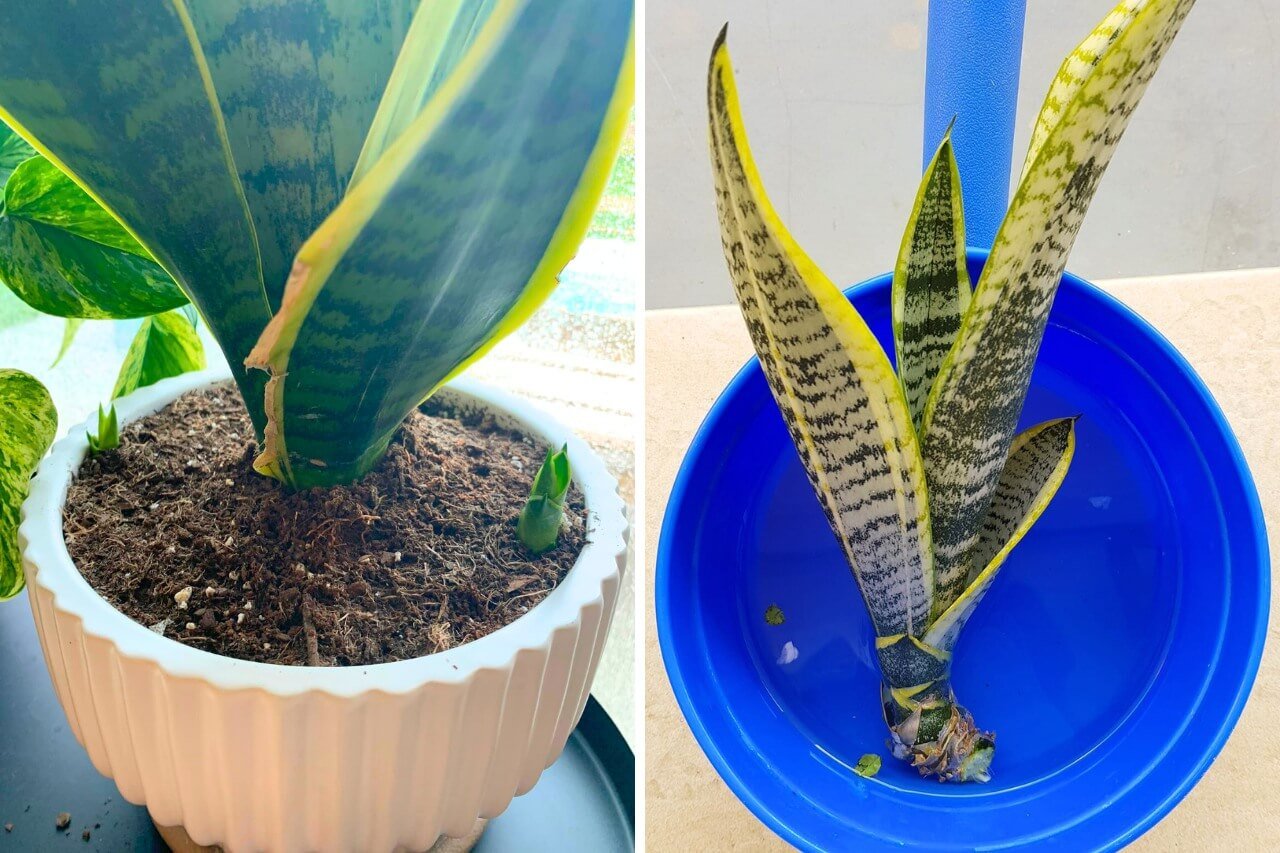Snake plants are among the most common indoor plants and perhaps also among the most loved.
I have a couple that are really beautiful and healthy, so I promised a friend of mine that I would give her some of the pups if they had any.
I think many of you are already familiar with the concept of pups, but let me briefly explain what they really are.
Pups are genetically identical clones of a parent plant that grow from the base or roots of the parent. These clones share the same DNA and can grow into full plants on their own once separated.
Wonderful, you might think. Well, yes, but how do you grow snake plant pups? There are a few tips you should follow.
1. Choose a Healthy Snake Plant
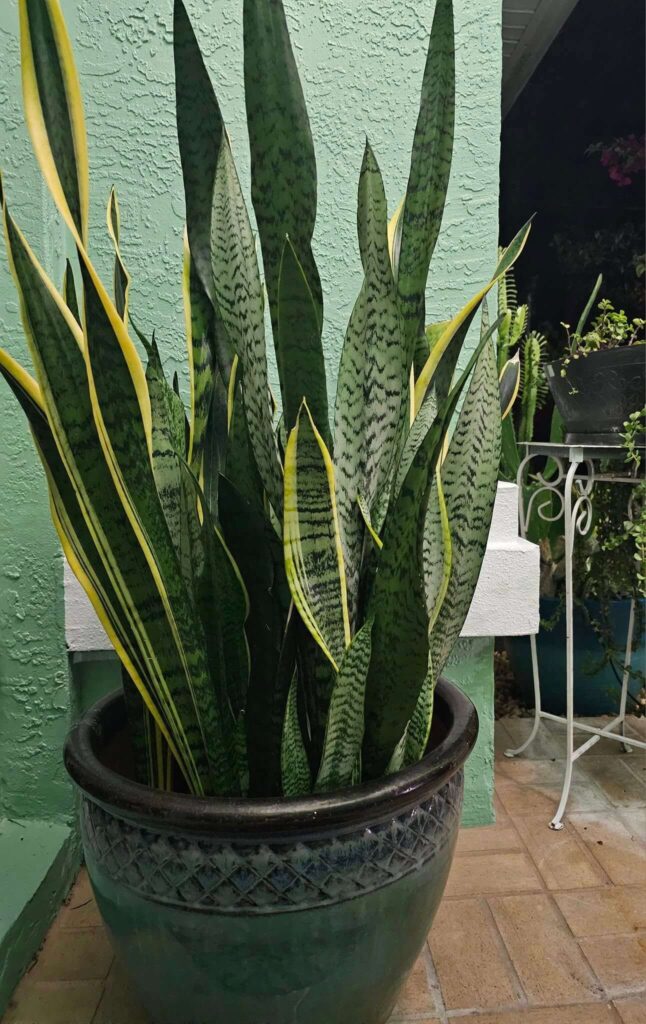
The first thing I want you to understand is that in order to produce pups, the plants must be mature and healthy.
Contrary to what many people think, plants are very intelligent and move energy to where it’s needed to survive.
Only if your snake plants are strong and healthy will they begin to produce pups; otherwise, they will conserve their energy and focus on themselves without creating small clones.
2. Repot Into a Larger Pot
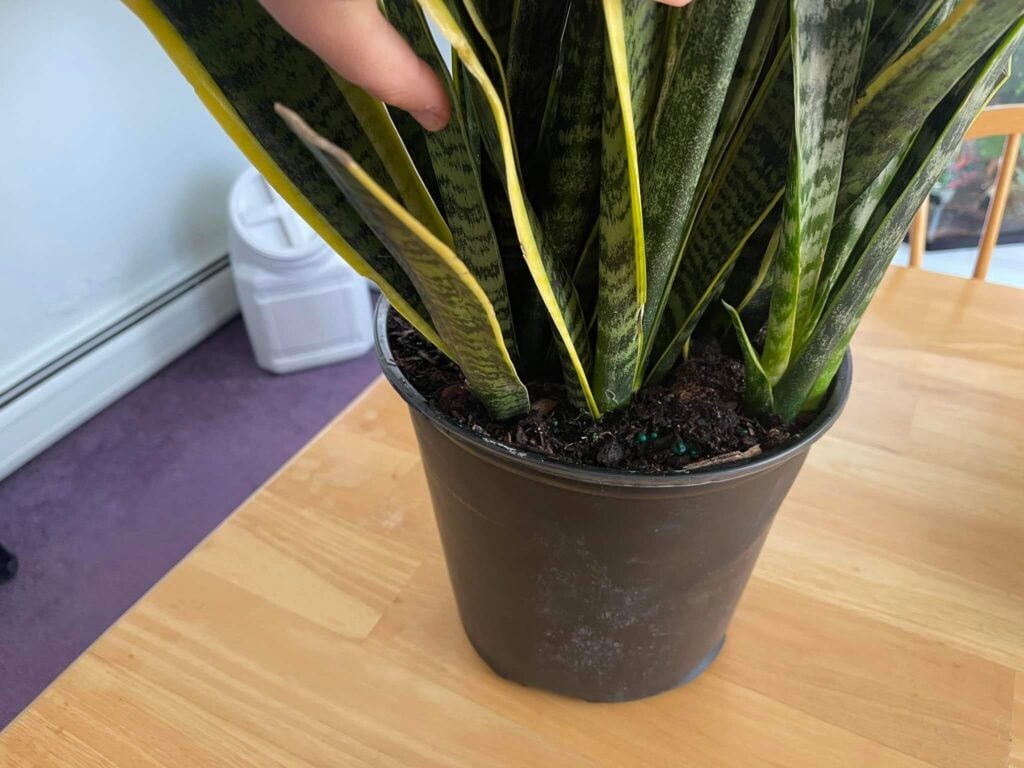
Another key aspect is space. Once again, plants are much smarter than we think and understand when the space is too small.
If you want them to generate pups, you should use a large pot to begin with or repot your best snake plant into a larger one.
With more space there will also be more room for the rhizomes to grow sideways, and pups often emerge from them.
3. Increase Light and Water

Just like a pregnant woman, your snake plant will also need more nutrients to produce little plants.
In general, snake plants thrive with bright, indirect sunlight and also like a few hours of direct sunlight (if not too strong).
In this case it’ll be better to increase the light even more. The best will be to have 8 to 10 hours of indirect light daily, unfortunately low light conditions will limit their growth.
In terms of water, you should always remember that snake plants are succulents and are prone to root rot if overwatered. Check the most common watering mistakes every gardener should avoid
For this reason, only water them thoroughly when the soil is completely dry. The presence of pups doesn’t mean the plant needs more water, in fact, root rot is one of the most common issues.
PRO TIP: I recommend the soak-and-dry method with them. It means saturating the soil until water drains from the drainage holes, and then allowing the soil to completely dry out before watering again.
4. Feed It and Trim
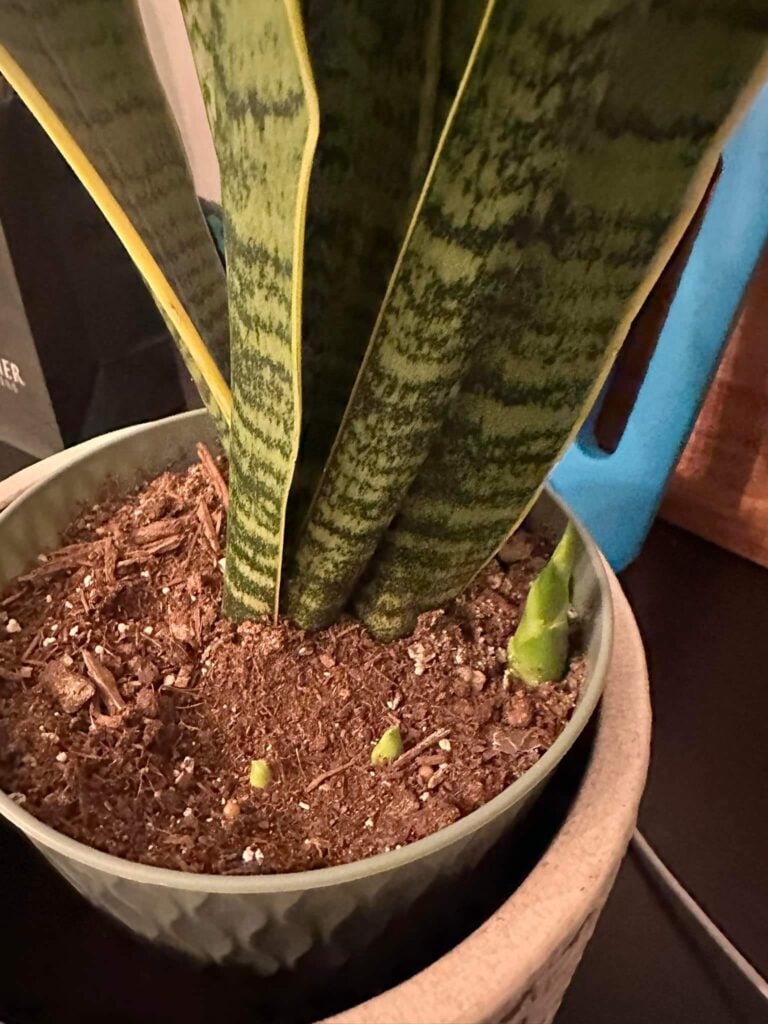
A little help is always good, and especially if you want to boost the growth of pups, you can use a good fertilizer.
As always, don’t overdo it, less is more. If possible, use a fertilizer specifically designed for snake plants. I have seen several at my garden center, but you can also find them online.
In addition, you can trim a few leaves, especially if they’re yellowing, browning, wilting, or damaged.
By cutting a few leaves from the base, you will send a signal to the plant to activate regrowth and reproduction, which can increase the likelihood of our desired pups to grow.
As always, when doing this kind of work, use clean, washed scissors to avoid spreading disease among your plants.
If you are a beginner, I recommend taking a look at the gardening mistakes beginners make all the time.
5. Keep It Warm and Be Patient
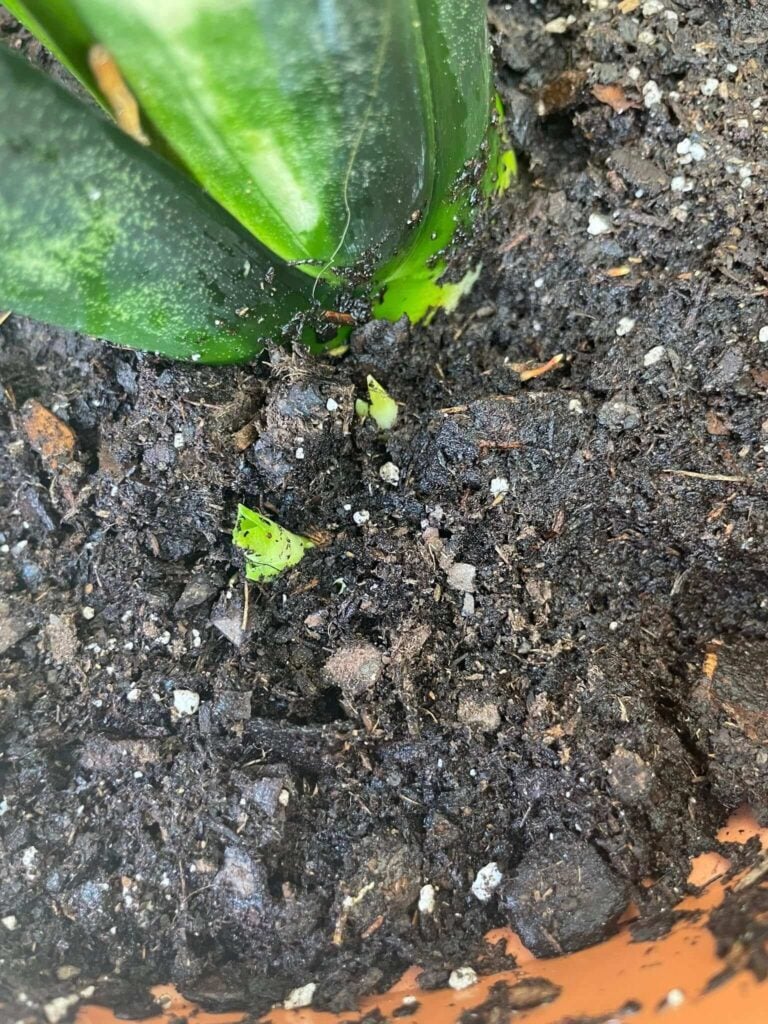
As with most plants, pup formation occurs at warm temperatures. In this case, the ideal temperature ranges from 68 to 85 degrees Fahrenheit (about 20° to 30° C).
So, if needed, you should move the plant to warmer areas of the house and keep it away from cold and drafts.
Once you’ve followed these tips just give your plant time. You’ll often see new pups in about 4–8 weeks during the growing season, so in spring and summer.
Separate Snake Plant Pups
Obviously, when you start to see the new pups sprouting, don’t pull them up right away.
Wait when they’re at least 4 inches tall, then you can remove the mother plant from its pot, gently brush off the soil and look for pups attached by rhizomes.
Again using clean scissors, cut the pups, taking care to leave the roots attached. You can then plant them in a small pot to get new beautiful snake plants.

